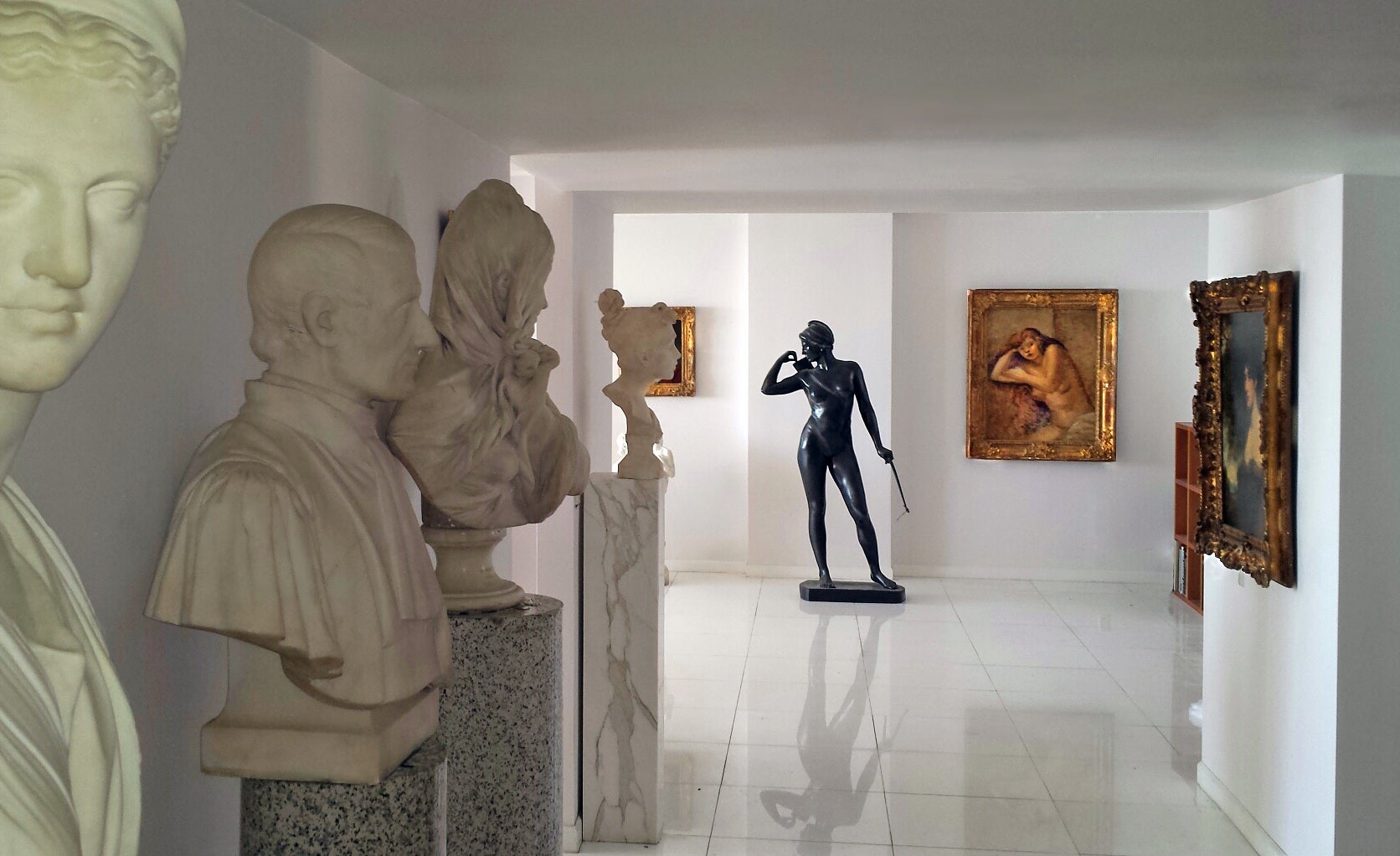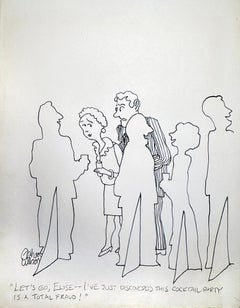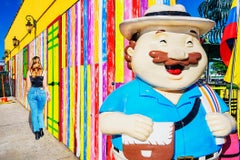About Robert Funk Fine Art
Robert Funk Fine Art LLC shows an eclectic group of artworks based on the quality of each work rather than a trend. "I look for artists who clearly have their own style. That may sound simplistic but very few artists have one". Director Robert Funk's years of experience bring a multi-perspective approach to presenting art. He had good teachers. As an undergrad in painting, he studied with first-generation abstract expressionist Robert Richenburg and hyper-realist painter Janet Fish and then in Graduate School for Art History with famed critic E.C. Goossen. He went on to...Read More

Established in 20051stDibs seller since 2016
Featured Pieces
1950s Realist Portrait Drawings and Watercolors
Gouache, Illustration Board
1990s Surrealist Figurative Drawings and Watercolors
Canvas, Oil
1990s American Realist Figurative Drawings and Watercolors
Paper, Ink, Pen
2010s American Modern Landscape Photography
Archival Ink, Archival Paper, Archival Pigment
1950s Surrealist Portrait Paintings
Gouache, Illustration Board, Mixed Media
1990s American Modern Portrait Drawings and Watercolors
Paper, Ink, Gouache
2010s American Realist Abstract Photography
Archival Ink, Archival Pigment
1990s Outsider Art Landscape Paintings
Canvas, Oil
1950s American Realist Portrait Paintings
Gouache, Illustration Board, Pencil
1930s Art Deco Figurative Drawings and Watercolors
Paper, Pencil, Graphite
1970s Conceptual Portrait Drawings and Watercolors
Paper, Ink, Watercolor, Pen
1970s Expressionist Figurative Paintings
Masonite, Oil
More About Robert Funk Fine Art





